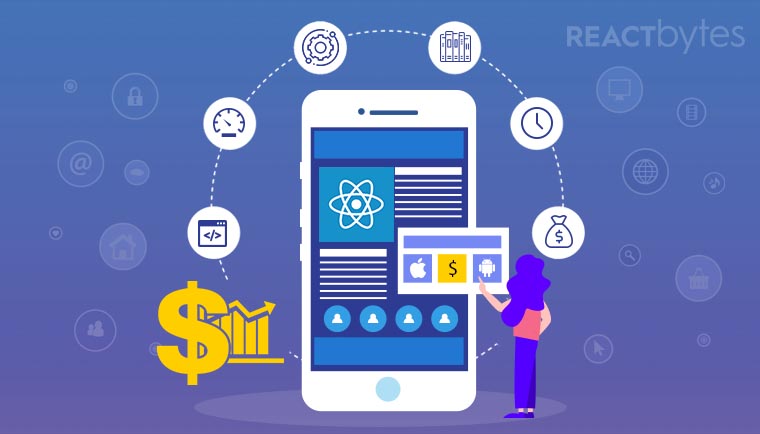Debate of whether to go for native or cross-platform app development has to come to an end. Appreneurs know that they have to develop apps for all available platforms. Plus, they also need to take care of new emerging technologies. It’s no more remain the matter of building apps for iOS and Android only. Smartwatches, Internet of Things, and others are also adding to the list. Expect more in the future.
Developing a native app for each platform will cost a fortune and takes more time to get ready for the market. Till the time you are done with building native apps for each platform, a new technology steps in to put you in app development motion demanding deeper pockets. It also steals your focus away from taking care of existing apps.
Long story short, cross-platform is no more an option. It’s a necessity.
Now, the default perception for cross-platform is its apps are less user-friendly, less reliable, and unable to offer native-like experience. Well, the arrival of React native app development, since 2015, has changed this perception.
A Brief Note on React Native App Development
React Native is an open source mobile app development framework, introduced by Facebook as a result of its Internal Hackathon Project, back in 2013. It is used to develop cross-platform apps for iOS, Android, Web, and UWP at a single code round.
Initially, Facebook’s developer community was looking for a tool to combine good things of mobile development with the power and agility of native React Environment. After the release of this side project under the name React.js, its minimalist JavaScript framework attracted a massive following from the open-source community. They started using it for more than Single Page App development. After that, React Native didn’t show any signs of slowing down.
Not only the open-source community, but tech behemoths like Microsoft and Samsung also committed to bring React Native in Windows and Tizen. You can expect more adoptions from trendy technologies like Smart TV apps. Icing on the cake is Facebook constantly updates React Native every two weeks, which eliminates the worries for future technologies.
As per Google Trends data in 2016, React Native search term surpassed iOS and Android Development.
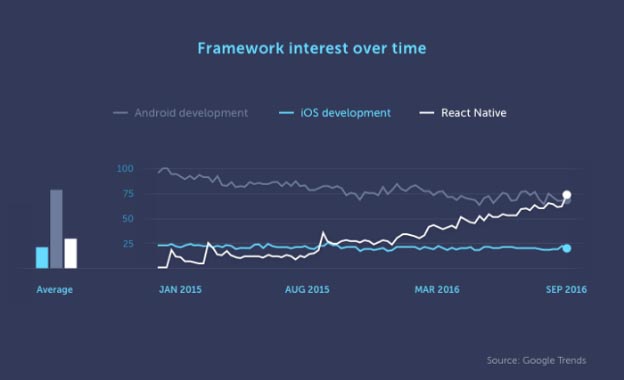
Is the user experience your primary concern? Let me tell you that your favourite brands like Tesla, Instagram, Skype, Uber, Pinterest, Vogue, and Walmart are using React Native for app development.
You are well-aware of user experience from such brands.
Now,
Worried about cost?
Truth to be told, the cost-effectiveness of React Native is the significant benefit to count for. As there is no need to develop apps for individual platforms, the overall development cost shrinks to single code writing. React Native offers easy access to libraries and plugins, eliminating the waste of resources which results in quick and cost-effective development.
Let me add:
8 More Ways how React Native Reduces App Development Costs
1. Reusable Coding
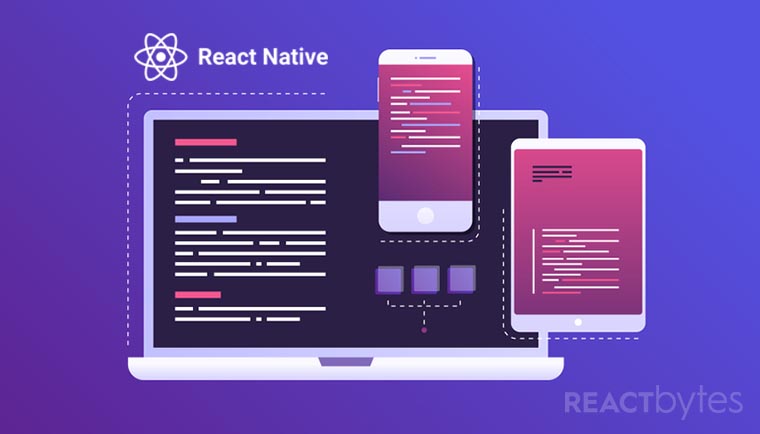
Coding is not a cup of tea. With native app development, you have to go your way to learn the Android-specific and iOS-flavored language separately. It’s a highly laborious process taking tons of time and money for accurate outcomes. Being a single code base framework, React Native allows you to reuse the same code as many times as required.
You don’t need to write code again and again whenever you sit down to make the same app for various platforms. For e.g., you can use the same code to make an app for mobile as well as for desktop. The entire design of React Native app development is very intuitive and extremely easy to understand for developers who aren’t involved in the project.
Individual coding work decreases the developers’ labor up to a great extent, which automatically reduces the cost of app development.
2. Faster Development
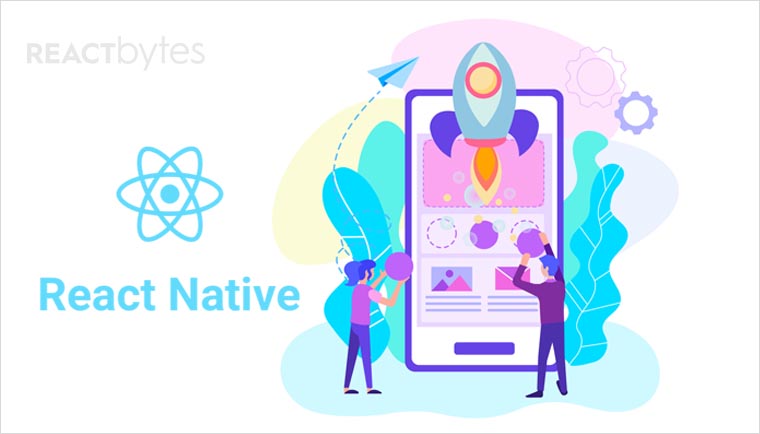
React Native works on a common JavaScript codebase. It’s the same for Android, iOS, and desktop apps. That means fewer languages to build your apps upon. The less language an app development requires, the less time it will take to hit the market. And the less cost it will ask for.
3. Lower Maintenance and Support Cost
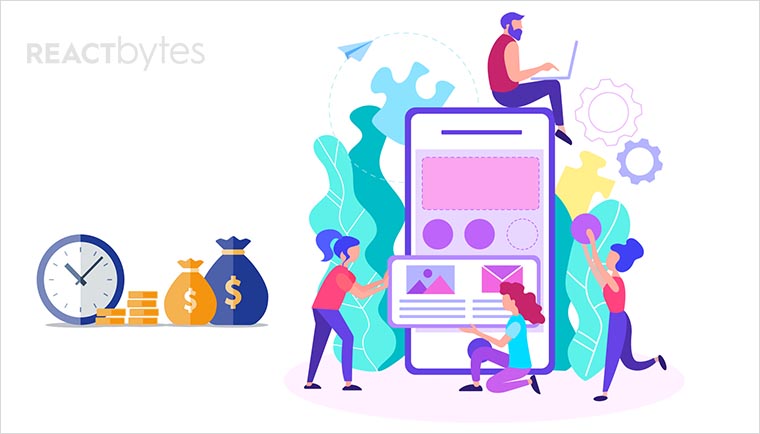
A finished app is not the end of app development. On the contrary, it’s the beginning of a new journey where Appreneur has to take care of updates, maintenance, and support. Facebook releases React Native updates every two weeks, making it future-proof for emerging technologies. So, your React Native app is future-ready.
Bug fixations with native apps are headaches for developers as they require fixing bugs for each app separately. React Native, on the other hand, comes with single coding enabling developers to fix bugs for one code only. Not multiple coding, no multiple fixes. Easy bug fixes and regular updates from Facebook reduce app maintenance costs for a long.
4. Reduced UI Cost

Appreneurs dream of developing an app with excellent user experience, high definition graphic designs, compatible with various devices & screen sizes, and appears with zero issues whenever the user enters the app. A dream only possible when you spend a fortune.
Right?
With native app development, yes.
With react native app development, no.
React Native works like butter on bread across all platforms, regardless of screen size. Its apps offer the uniform appearance and full-optimized UI going hand in hand with various devices, which leads to excellent user experience. You will be glad to know that all this is available at the same cost of single app development.
5. Easy Access to Libraries
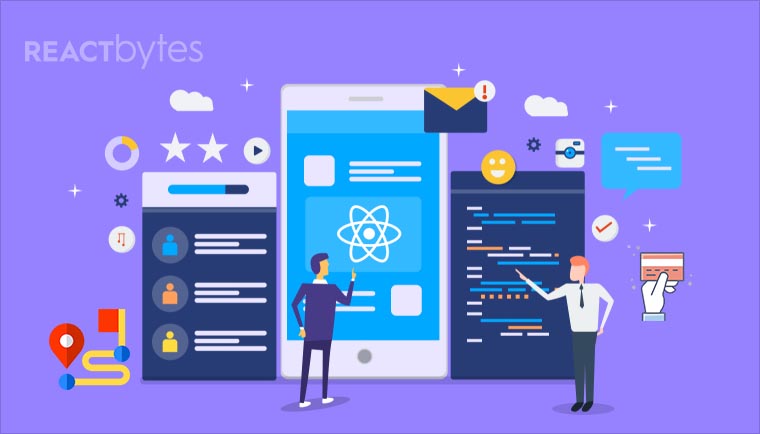
React native offers easy access to libraries like PhoneGap, Xamarin, Native Components, etc. to add various features in-app in the least time possible. For e.g., features like geolocation, payment system, specific calculations, encryption, etc., are near enough to grab a hand on and set them up with the app in a quick moment.
Developers don’t waste time in search of libraries required to add desired features. When resources are available at a glance distance, the cost is left with less room to cross your budget.
6. Trouble-Free Integration

Looking for a customer-centric app with all-inclusive features for today’s generation? Where native app development takes extra efforts for integrating each third-party app or add-on, React Native works like childhood friendship with other apps. It reduces efforts from the developers’ side. It allows you to integrate third-party apps like social media channels with the utmost ease. React Native’s add-ons are more than enough to build a fully-featured app that glides well in users’ fingers. In short, developers are safe from efforts of integrating more features, adding money to cost-saving banks of Appreneurs.
7. Real-Time Testing
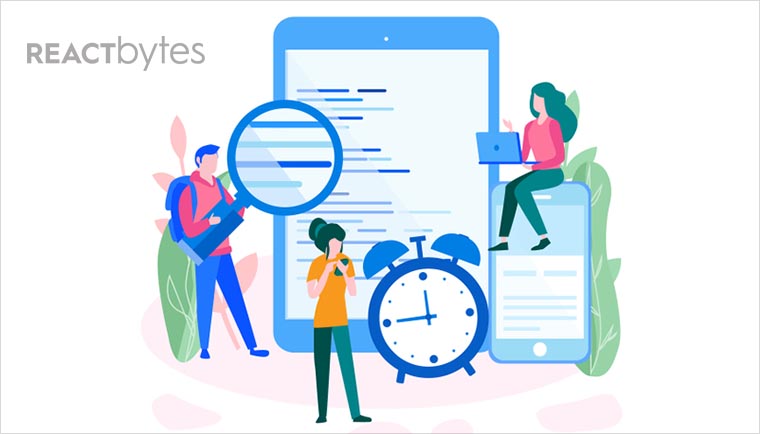
Developers can see the implementation of their code in mobile-screens in real-time. They make necessary changes or fix errors on the spot. It eliminates the need to check out the entire coding to find out the cause of errors.
Testing increases development time. If errors found, the app development cost is more likely to increase. With React Native, testing turns into a piece of cake. And a bug-free app gets ready quickly to hit the stores. Less testing time contributes to cost-saving efforts.
8. Cost-Effective Quality
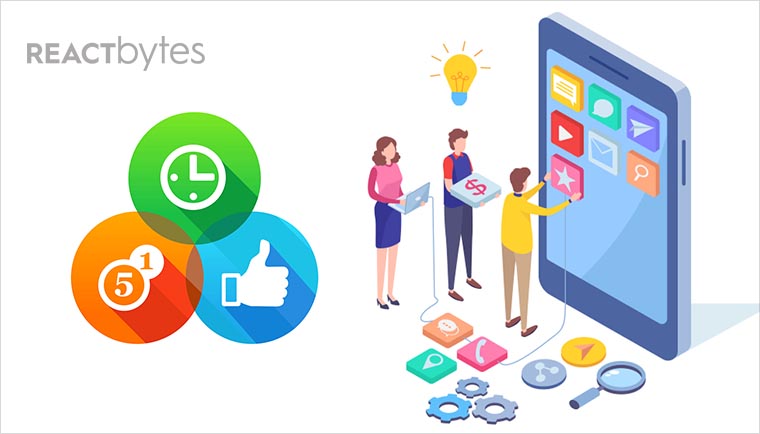
After knowing the hoards of React Native benefits, wannabe Appreneurs worry about whether they will get the quality at such a low-cost app development process?
Of course, you will.
Let me explain how.
React Native is a cross-platform application with UI elements specific to each platform, which gives your app a native-like UI. At the same time, it works on a common codebase containing the app’s general business logic. Single code base leads to easy bug fixing as well. As a result, React Native saves time, money, efforts, and resources without comprising app’s quality. That’s the key reason why big brands like Skype and Walmart are using it for their apps.
So dump your worries in the dustbin and give your app a new life with React Native app development.
Factors That Affect The Cost Of React Native App Development
The react native app development cost increases rapidly based on the app’s complexity & resources. Here are certain factors which impact the cost & time of app development.
1. App Type
The react native app cost development depends upon the app type. The type of application defines the feature that influences the manpower & time needed for your project. Some categories of applications include gaming & e-commerce apps that require complex functionality & feature. Conversely, the simpler app categories, such as productive utility apps, may be less expensive for development.
2. The Complexity Of The Application
The features of the application & complexity can significantly affect the ways to reduce the cost of app development. When you develop a simple app with basic features, it generally costs less expensive, but when you build more complex apps with a huge range of features, it might cost you more!
The more complex application you build, the more time and resources you need to invest on. The higher the project cost, the better you will receive the output. Factors that contribute to the complexity of React Native app are:
-
Complexity & Number
An application with multiple features mostly takes a long time to develop & requires a huge amount of resources.
-
Customization Level
The project’s complexity also depends upon the customization level. Integrating special features, third-party tools and advanced functions in your app makes them more complex.
-
External Integration
The React Native apps, when integrated with the external system, might create more complexity for the developer.
-
Design & User Experience
If you want to give a high-quality user experience to your customers and make your user interface more appealing and visually attractive, you require more time and effort. These factors also affect the cost of React Native app.
3. Maintenance
This is another crucial factor that matters greatly when you customize the app development. Tracking the ongoing maintenance cost and updating the application over time is essential. This can also impact the overall life of the application. The maintenance & updates include:
-
Fixing Bugs
Finding bugs in the application is common and needs to be fixed to run the application smoothly. You can increase the user experience and maintain functionality by maintaining the application.
-
Adding New Features
To stand unique and be competitive in the market, you must occasionally upgrade your application. You should integrate new features, technology and safety protocols in your app to increase its reach and visibility of the app. It also helps to create a better involvement of users.
-
Ensuring Compatibility
You must maintain your application on time to make it more compatible with the users. It’s necessary to ensure that the app is compatible & continues to function.
By following all the above-discussed factors, you can estimate the rough cost of developing an application.
Take A Sneak Peek At The Famous Apps Built On React Native
Multiple companies around the world build their app with ReactNative. Let’s take a sneak peek at a few of the known projects.
-
Instagram
This is mostly one of the most used apps worldwide. It has more than 1 billion users who are active all time. Because of React Native, this application has improved its velocity and offers better reach.
-
Airbnb
This is the famous rental online vacation app. The company uses React Native to accelerate development time by quickly penetrating the market. This app also has millions of active users worldwide.
-
Bloomberg
The popular app runs on both android and iOS. This app helps provide finance & business news. For accelerating & releasing new products, the company uses React Native during the app development stage.
-
Facebook Ads
This app was released in 2015, and in a very short time, it engaged many users worldwide. The app is built by using the React Native framework. This quick responsive app has an amazing UI & UX interface.
-
Uber Eats
It isone of the most known food ordering & delivery apps. This company wants to create a dashboard that can engage more customers. With the help of React Native, they have successfully made this possible. Because of this reason today, they have set a large consumer base.
Key Takeaways
React Native’s WORA (Write Once Run Anywhere) code approach has become widely accepted. It comes with a solution to problems attached to native app development. It satisfies everyone’s needs, including the developers, app owners, technical teams, and most importantly, end-users. When you are getting it all at such cost-effective rates, why to go somewhere else?
